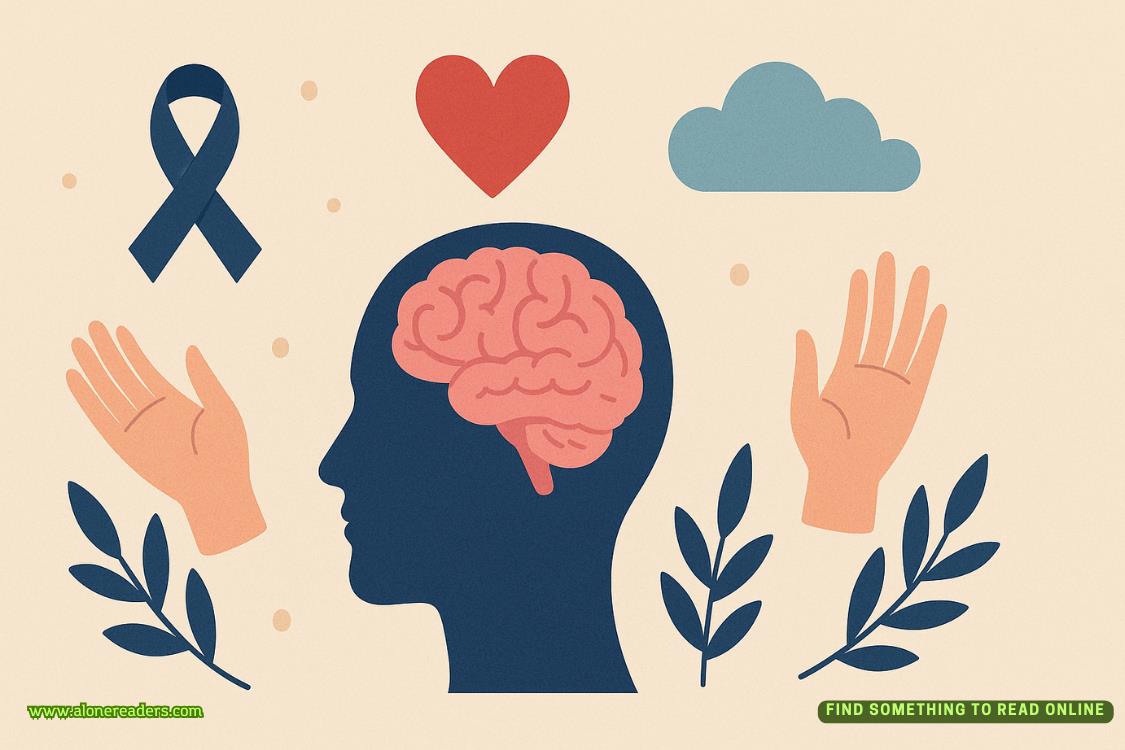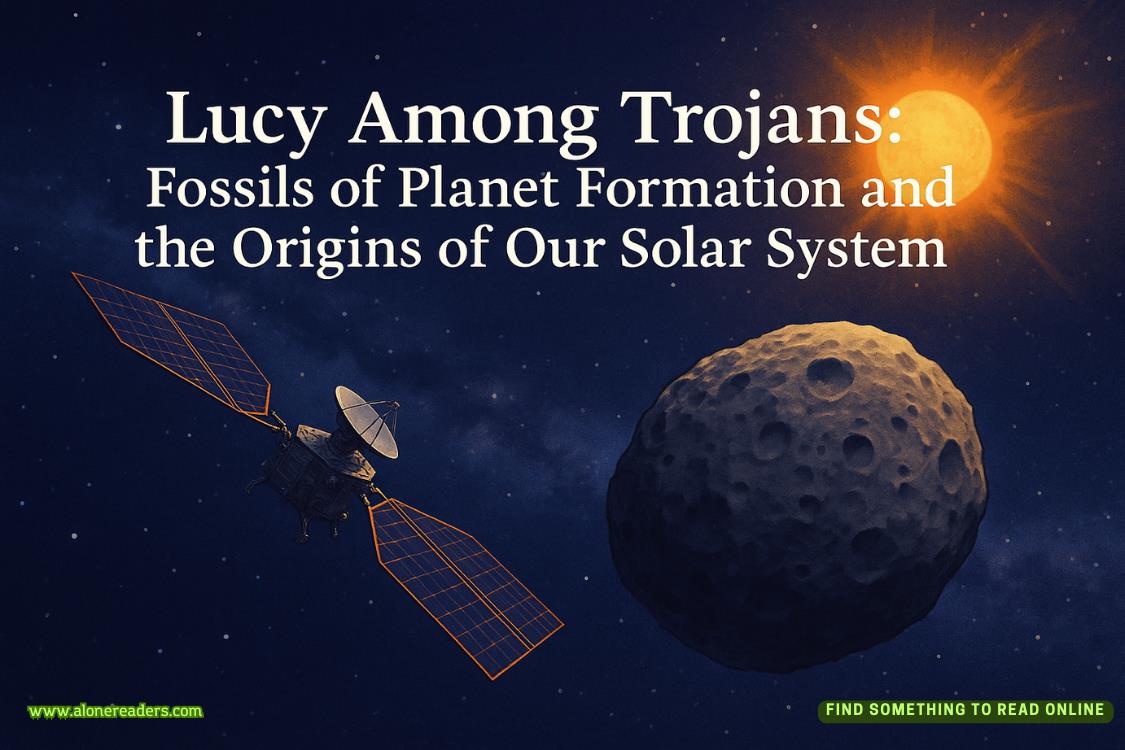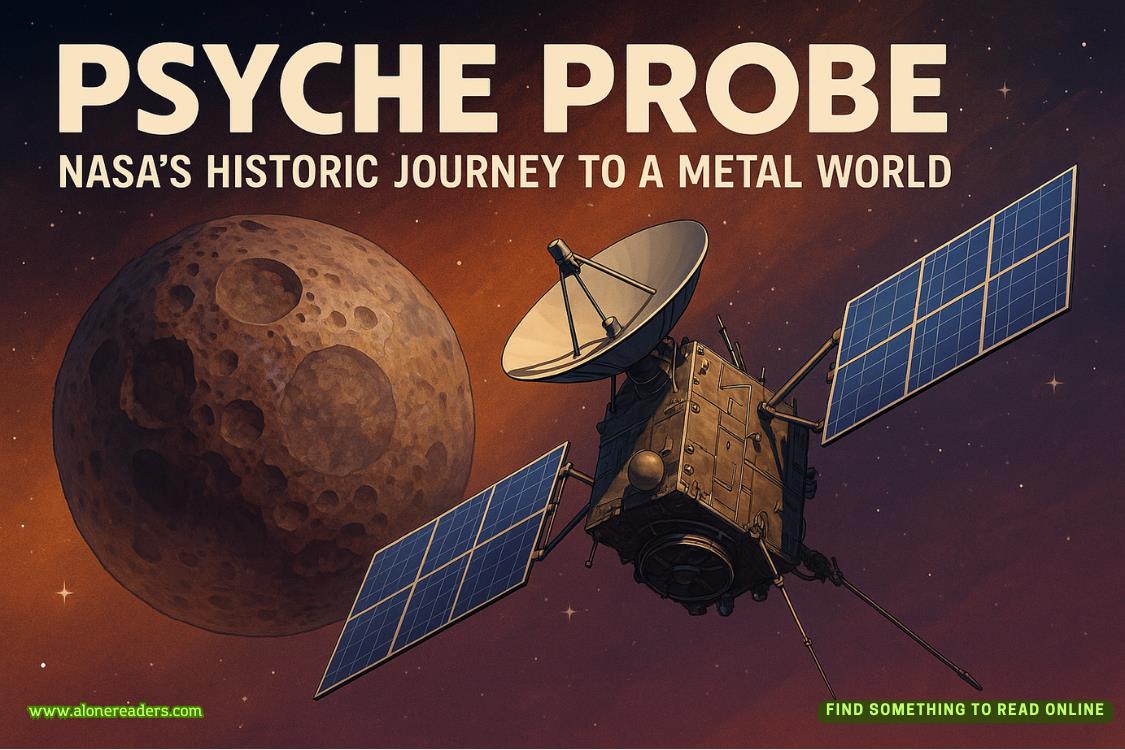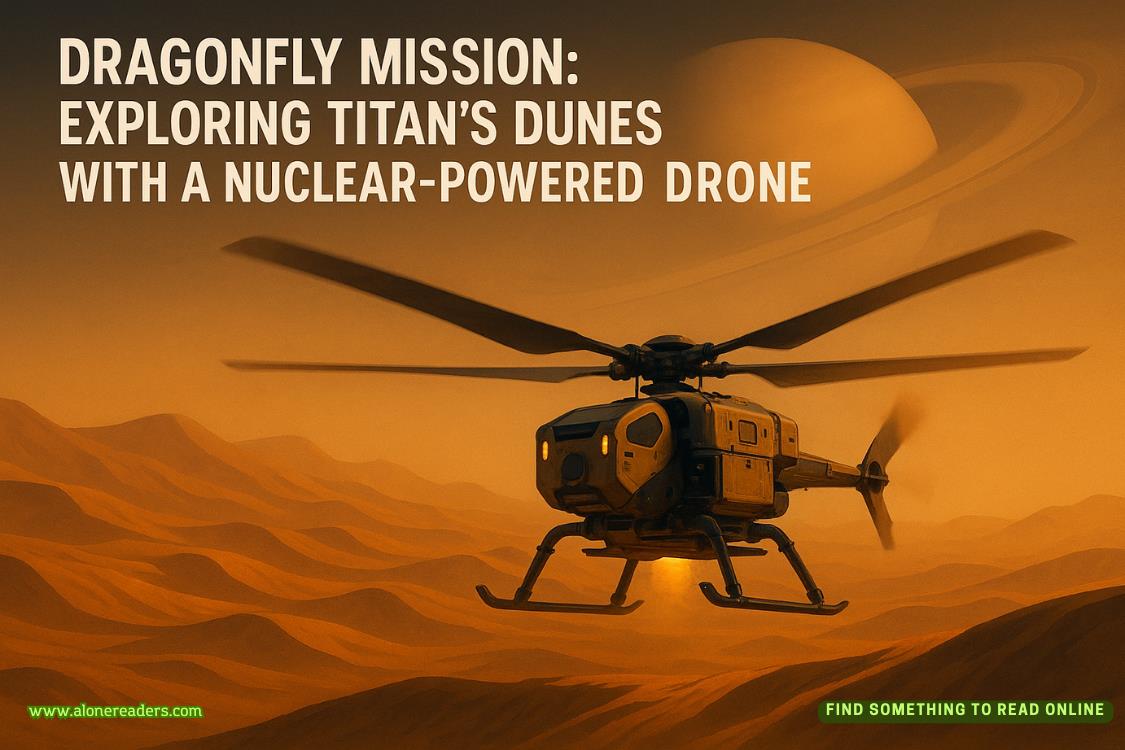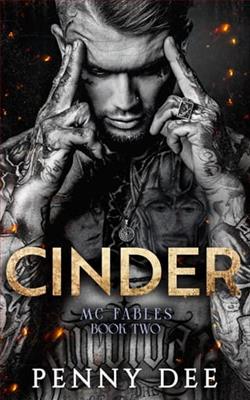Page 3 of The Art of Exiley
I feel the easy flow of the conversation settling to a natural conclusion, see the polite shift in his manner as he prepares to move on. But I dumpedDavidfor this guy, so I can’t let him slip through my fingers just yet. I say, “If you know so much about its creator, what else can you tell me about my new favorite piece of art?”
“Ah, so I’ve been unsuccessful at hiding the fact that I’m an insufferable know-it-all.” Michael runs his hands through his thick brown hair, pushing it out of his eyes, and his forearm flexes in a way that makes me want to inspect his form as closely as I just didDavid’s.
“You say know-it-all. I say kind educator of ignorant, helpless tourists.”
“Ah, yes, ignorant and helpless, the exact two adjectives I would use to describe you,” he says with a dimpled grin. “Well, did you know that in order to familiarize himself with human anatomy, Michelangelo dissected cadavers?”
“I did not know that.”
Michael mimics the position ofDavid’s hand with his own. “So much of the realism is because Michelangelo was as knowledgeable about the human body as any physician.”
I add, “And he was also a painter, architect, and engineer. Talk about a know-it-all.” I roll my eyes dramatically.
“You say know-it-all. I say true embodiment of the Renaissance ideal.” He lowers his hand.
“The epitome of a Renaissance man,” I say wistfully and perhaps with an edge of bitterness.
The concept of a Renaissance man—someone who’s an expert in multiple fields—is an ambition I’m all too familiar with. It’s the very ideal that’s been hammered into me by my family ever since my hands were big enough to hold a paintbrush and plink at the keys of a piano. But I couldn’t keep upwith those expectations. So while my brilliant best friends, Kor and Izzy, spent years training in all sorts of disciplines, I was left home to merely dabble in various hobbies just long enough to start to get good at them and then get bored and move on to something new.
“And here’s another fun fact,” Michael continues. “The piece of stone used for theDavidhad been discarded by other artists for being too flawed. But Michelangelo saw its potential. He carved it freehand, with no model, claiming that he was revealing the form that was already inside as opposed to designing it himself.”
I look up at the statue of an underestimated boy about to fight a giant with nothing but a slingshot. The knowledge that the stone he was created from was equally underestimated adds an additional layer to my appreciation.
Am I underestimated? Or do I just suck?
Considering that many people are relying on me to accomplish a crucial task, but instead I’m getting my flirt on—I’m leaning toward the latter.
“That’s really cool,” I say. “Seeing something’s truest potential instead of its most negative outcome. Unfortunately, I’m a chronic cynic.”
“Is that so? Then what’s this interaction’s most negative outcome?” He motions his hands between us.
“You turn out to be a kidnapper who’s hoping to add my teeth to the collection hidden behind your bedroom mirror?”
His eyebrows shoot up, and his eyes widen. “Okay. Thank you for reminding me of the realities of being a woman alone in a big city. My answer was going to be you leaving before I get the chance to ask you out. But you’re right, molar harvesting is a lot worse.”
I tuck escaping waves of brown hair behind my ear. I heard correctly: the hot, smart dude wants to ask me out. “Well, I can’t possibly go out with you now that I know what you keep behind your mirror!” I say.
Michael steps closer. “Or instead of planning for the most negative outcome, you could consider the positive potential.”
My breath hitches. “Well,” I say. “What do you think the most positive outcome of our interaction could be?”
“I have a few ideas.”
“Is that so?”
“Indeed.” He winks. “Starting with more titillating discussions of sculpture.”
“You think you’re joking, but that sounds excellent to me.”
He grins. “In that case…” He motions for me to follow him as he heads away fromDavidand down the corridor. It’s lined with statues of men. But they’re incomplete, their shapes emerging from rough, unfinished stone.
“These are Michelangelo’s Prisoners,” Michael explains. “He deliberately left them unfinished to represent the struggle of humanity.”
Prisoners. Like they’re trapped in the rock, trying to escape. God, don’t I feel just like that sometimes. Like I could justbreak freeif—
“Sometimes I feel just like that,” Michael says. Our eyes meet, and I’m flooded with the warmth of shared experience.
“I know what you mean,” I say, finding it hard to break his gaze. I blink and clear my throat. “So, where does all your sculpture knowledge come from?” I ask. “Do you read up on art trivia just to pick up tourists?”


